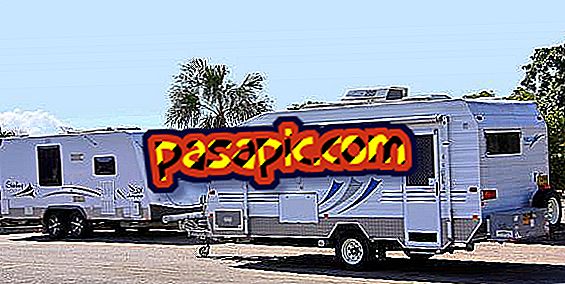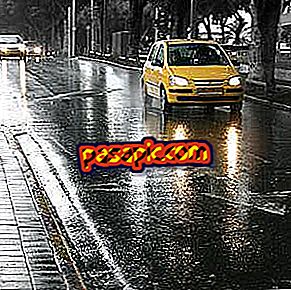How to use a numeric keypad like a mouse on Mac

The Apple Mac OS X operating system uses a user interface very thought to be used with the mouse. Using a Mac without a mouse can be frustrating, but you do not have to use a mouse or trackpad if you do not want to. There are built-in accessibility systems that allow you to use the 10-key keyboard with cable to replicate mouse functions . Unfortunately, you will need some type of mouse or trackpad to complete the initial configuration.
- Mouse or trackpad
- Keyboard
one
Turn on the computer and start the session. Click on the Apple logo in the upper left corner, then click on "System Preferences".

two
Click on the icon called "System Preferences". Click on the tab called "Mouse and trackpad."

3
Click on the "A" button next to "the mouse keys." Close the system preferences window. This will activate the numeric keypad.
4
Use the numeric keypad to replicate the mouse. The "8" key moves the cursor up, the "2" key moves the cursor down, and the "4" and "6" keys move the cursor to the left and right respectively. The "5" records a mouse click, while the "0" records a sustained click and the "." Deactivates it The "7", "9", "1" and "3" move the cursor diagonally.
5
Unplug the mouse (or simply stop using the trackpad) when you have become familiar with the movements of the keyboard.
Tips- On laptops and keyboards, without a 10-key numeric keypad, you can use the number lock feature to replicate. Press the "Num Lock" key on the keyboard, use the secondary keys corresponding to what would be to move the mouse. You can see the secondary functions below the main functions in the keys "7", "8", "9", "U", "I", "O", "J", "K", "L", "M, " ", " and "." To write normally, press the "Num Lock" key again.


